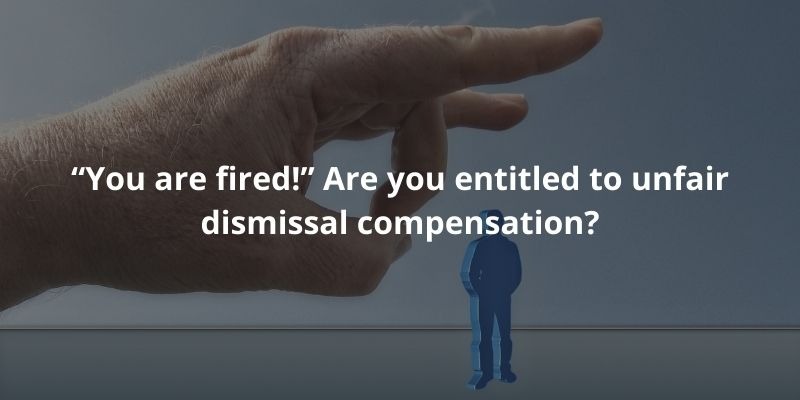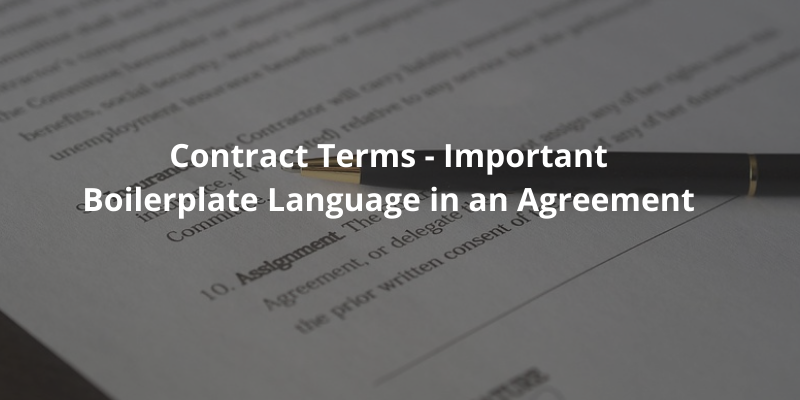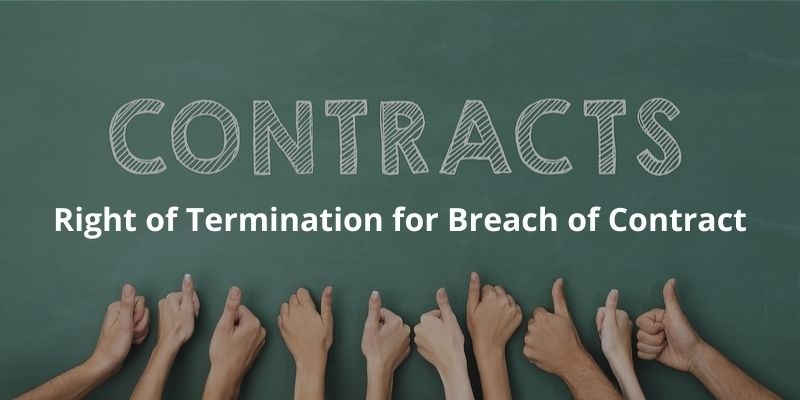Notices / Demand for Rent / Security Deposit


Rent is the regular payment (daily, monthly, weekly, annually) made by the tenant to the landlord for the use of property or land. A Security Deposit is also a payment made by the tenant to the landlord, for protection from any damage to the property. If the wall is damaged, the appliance is damaged, the carpet cannot be repaired or some other property is damaged, the landlord needs to repair these damages before he or she can rent it to other tenants. The landlord will take from the security deposit the cost of such repairs, and refund the balance (if any) to the tenant. The security deposit is normally calculated as a multiple of the rent (usually 1-3 times the rent) and collected upon signing the tenancy agreement.
It is not uncommon for tenants to be late on their rental payments, or for the landlords or property management companies to withhold the security deposits. When the above occurs initially, one should provide the other party with a notice of non-payment of rent or refund of security deposit. This simple notification enables one to ask for the payment immediately. If there is no response, then a more forceful demand will be sent. On the other hand, such a letter is usually not necessary for the initial security deposit to be made by the tenant to the landlord since the tenancy agreement will lapse if no such payment is made.
As a landlord, it would be great to have a tenant who is not troublesome and always pays their rent on time. However; not all tenants are good and pay their rent on time. They may need a little encouragement to pay their rents. Although writing demand letters may seem painful, they are essential to get the tenants to pay on time to ensure stable income streams for the landlord (to pay for the mortgage if necessary).
Ultimately, if the tenant does not pay within the deadline, it can be considered to be the first step of the eviction process. Eviction is a process that begins with a letter of demand. This letter is a formal warning that one intends to take further action to protect the legal rights, but it also shows that sufficient notices and efforts have been made for collection in court.
A landlord should take a firm stand when dealing with arrears of rent. Some landlords are more tolerant of good tenants, but sometimes even good tenants will encounter difficulties at the time of crisis. No matter what the situation is, the letter should be sent as one will need to have written records to support the collection efforts before a court. One would not want the tenant to claim that the landlord has waived the rent by not chasing. If a landlord develops a habit of sending late or no notices when tenants pay a few days late, the tenants will know the expectation of the landlord and will also get into the habit of paying late. Therefore the main purpose of these letters is to avoid monthly rent arrears.
1. Include details such as the date of the letter, tenant name and address.
2. Indicate how much rent is overdue and the original due date. It is strongly recommended that late fees be added to the overdue rent. This will motivate the tenant to pay on time, allow the landlord to be compensated for working on the late notifications.
3. Please ensure that all the data is accurate since this can be produced in court as evidence to begin the eviction process. The letter should inform the tenants that they were late in paying the rent and how many days they were late.
4. Demand immediate payment and give the tenant a deadline within a few days to pay or face further legal action.
5. Please ensure that the tenant has received the notice and keep such evidence - e.g. sent by registered mail, courier or other services so that the sender can receive a receipt to confirm that the letter has been received and the delivery date.
6. If the tenants continue to be in default on the rent, one can give them a final reminder and warn them that they could be evicted if they do not pay the unpaid rent immediately.
7. The next step is to give the tenant a notice of repossession, that is, an eviction order. If the tenant refuses to respond to the eviction notice, the landlord may need to take the matter to court. The court will decide whether the landlord has the right to recover the property and the rent in arrears. The landlord may employ a bailiff to evict the tenant.
Before requesting a refund of the deposit, tenants must review their lease contract to ensure they comply with the written agreement. If the tenant violates any agreement, he or she may not be able to get back the full deposit.
Unlike a payment reminder for the rent, which needs to be stern and firm, it is recommended that the tone of the first request for the refund of the security deposit be conciliatory, friendly and polite. This will increase the willingness of the landlord to comply. Tenants should avoid expressing anger or irony in the letter.
For the protection of both parties, the landlord should inspect the house with the tenant when the tenant moved out and provide the tenant with a list of items that need to be repaired (excluding the normal wear and tear). These repair costs will be deducted from the tenant's security deposit.
The tenant can dispute the items for various reasons, especially if he or she has a photo and a signed statement of the original condition of the property and the condition when it was moved out. Other basis of disputes include - (i) the items not being included in the original tenancy agreement, (ii) it is a fixture which is the responsibility of the landlord, or (iii) the item was not damaged by the tenant, it was worn down due to normal wear and tear from everyday use.
The tenant is advised to make a formal written request for a refund of the deposit will be required. The letter should clearly set a deadline for when the deposit will be refunded. The deadline is usually between 5 to 10 days from the date of the letter. The letter should also state what would happen next (e.g. the tenant taking further legal action) if the deposit was not returned by the specified date.
If the landlord failed to return the deposit by the deadline, the tenant can take the landlord to a small claims court to retrieve the security deposit. The tenant should compile the following documents to be used as evidence in court:
1. Receipts and bank records demonstrating that the security deposit has been paid
2. Receipts and bank records demonstrating that full rent has been paid and no arrears
3. Photographs of the property before the tenant moved in, and photos when the tenant moved out, to prove that the condition of the property has not deteriorated.
4. The demand letter for the security deposit should also be included as part of the evidence. Therefore it should be a formal business letter and sent by registered mail, courier or other services so that the tenant can receive a receipt to determine the delivery date. Keep a copy of the delivery receipt.
Not the right document?
Don’t worry, we have thousands of documents for you to choose from:

10 Jun 2022
6 min read

2 Jun 2022
6 min read

27 May 2022
6 min read

20 May 2022
6 min read

9 May 2022
6 min read

3 May 2022
3 min read

25 Apr 2022
5 min read

31 Mar 2022
1 min read

29 Mar 2022
1 min read

20 Mar 2022
6 min read

12 Mar 2022
5 min read

21 Feb 2022
5 min read

31 Jan 2022
5 min read

13 Jan 2022
4 min read

3 Jan 2022
5 min read

7 Dec 2021
11 min read

14 Nov 2021
6 min read

1 Nov 2021
9 min read

21 Oct 2021
1 min read

17 Oct 2021
7 min read

7 Oct 2021
12 min read

16 Sep 2021
4 min read

14 Sep 2021
5 min read

10 Sep 2021
3 min read

31 Aug 2021
4 min read

23 Aug 2021
3 min read

16 Aug 2021
5 min read

30 Jul 2021
6 min read

23 Jul 2021
7 min read

13 Jul 2021
5 min read

2 Jul 2021
5 min read

24 Jun 2021
5 min read

15 Jun 2021
4 min read

4 Jun 2021
6 min read

28 May 2021
5 min read

21 May 2021
5 min read

14 May 2021
5 min read

7 May 2021
5 min read

30 Apr 2021
5 min read

23 Apr 2021
5 min read

16 Apr 2021
5 min read

9 Apr 2021
5 min read

1 Apr 2021
5 min read

26 Mar 2021
4 min read

19 Mar 2021
5 min read

12 Mar 2021
5 min read

5 Mar 2021
6 min read

26 Feb 2021
5 min read

19 Feb 2021
6 min read

11 Feb 2021
5 min read

29 Jan 2021
6 min read

29 Jan 2021
3 min read

22 Jan 2021
6 min read

15 Jan 2021
6 min read

8 Jan 2021
6 min read

31 Dec 2020
6 min read

24 Dec 2020
0 min read

24 Dec 2020
7 min read

18 Dec 2020
6 min read

11 Dec 2020
6 min read

4 Dec 2020
6 min read

27 Nov 2020
6 min read

27 Nov 2020
7 min read

22 Nov 2020
7 min read

13 Nov 2020
8 min read

12 Nov 2020
8 min read

7 Nov 2020
8 min read

5 Nov 2020
6 min read

30 Oct 2020
7 min read

29 Oct 2020
8 min read

23 Oct 2020
7 min read

19 Oct 2020
8 min read

16 Oct 2020
10 min read

7 Oct 2020
9 min read

28 Sep 2020
8 min read

18 Sep 2020
7 min read

9 Sep 2020
7 min read

3 Sep 2020
7 min read

27 Aug 2020
8 min read

27 Aug 2020
9 min read

19 Aug 2020
8 min read

17 Aug 2020
8 min read

11 Aug 2020
8 min read

11 Aug 2020
8 min read

10 Aug 2020
11 min read

10 Aug 2020
9 min read

7 Aug 2020
9 min read

4 Aug 2020
9 min read

3 Aug 2020
10 min read

23 Jul 2020
8 min read

23 Jul 2020
8 min read

12 Jul 2020
8 min read

5 Jul 2020
7 min read

25 Jun 2020
7 min read

12 Jun 2020
9 min read

11 Jun 2020
9 min read

9 Jun 2020
9 min read

8 Jun 2020
8 min read

4 Jun 2020
5 min read

4 Jun 2020
8 min read

2 Jun 2020
10 min read

28 May 2020
13 min read

25 May 2020
8 min read

1 May 2020
10 min read

1 Apr 2020
6 min read

1 Mar 2020
11 min read

1 Feb 2020
11 min read

8 Jan 2020
9 min read

1 Jan 2020
1 min read

10 Dec 2019
7 min read

26 Nov 2019
8 min read

5 Nov 2019
5 min read

24 Oct 2019
3 min read

1 Oct 2019
1 min read

1 Oct 2019
1 min read